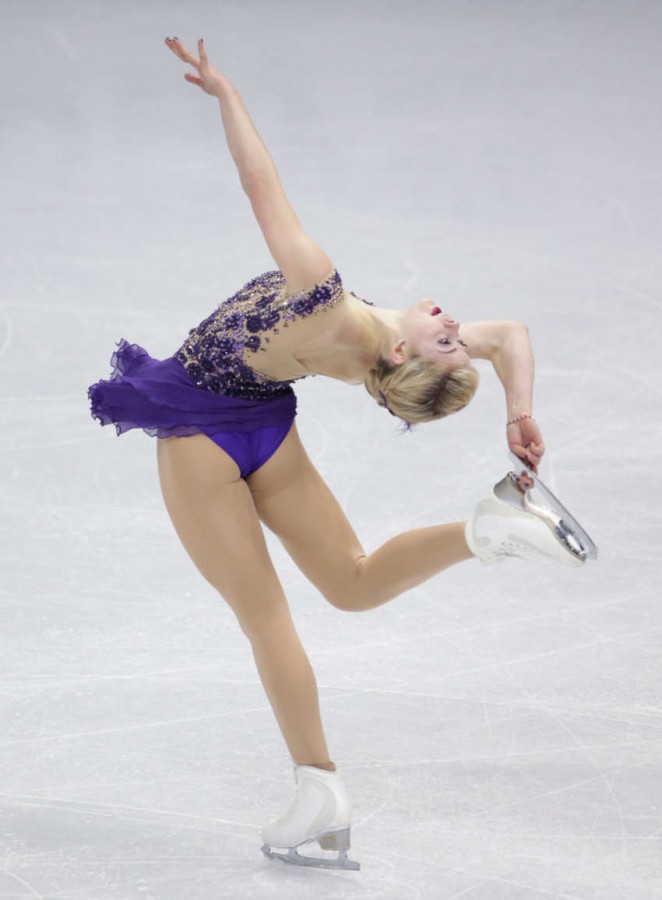Four Continents Figure Skating Championships
The Four Continents Championships (Four Continents Figure Skating Championships; abbreviated 4CC ) is an annual early or mid-February, taking place Skating Competition. The International Skating Union ( ISU) called this in 1999 to life in order to allow athletes from non- European countries taking part in a similar competition as the much richer tradition European Figure Skating Championships. As namesake of the event, will be awarded at the prize money, served the four continents of America, Asia, Africa and Oceania, which are immortalized on Europe and in the Olympic rings. Figure skaters compete in the disciplines of single skating (men and women), pair skating and ice dancing the.
The title fights of 2014 took place from 22 to 24 January in Taipei instead. For 2015 Seoul is provided as a venue for 2016 Taipei again.
- 3.2.1 Medal Tally
- 3.3.1 Medal Tally
- 3.4.1 Medal Tally
Eligibility
Figure skaters qualify for the Four Continents Championships, if they are nationals of a non - European country which is a member of the International Skating Union. The same rule also applies to the judges. Unlike other international competitions each participating country is entitled to up to three athletes or pairs in each discipline. Nominations are made by the respective national associations. As with other ISU competitions, the participants must have reached the age of 15 years ( from 1 July of the previous year ).
Participating countries
The International Skating Union include (as of 2014) of 27 non-European countries. Of these, 20 have so far participated in the Four Continents Championship. From the start authorized by geographical considerations ISU members Argentina, Grenada, Indonesia, Morocco, Mongolia, North Korea and the United Arab Emirates have mission abroad participants. Ten teams were in all preceding editions at the start.
Medalist
Gentlemen
The most successful in this discipline so far Canadian and Japanese figure skaters, each with six victories. Each won twice so far, the Japanese Takeshi Honda ( 1999 and 2003) and Daisuke Takahashi (2008, 2011), the Canadian Jeffrey Buttle (2002 and 2004) and Patrick Chan (2009 and 2012 ) and the American Evan Lysacek (2005 and 2007 ).
Medal Tally
Ladies
The most successful in this discipline were Japanese figure skaters ( nine wins), followed by their colleagues from the United States ( five). So far, three successful were the Japanese women Fumie Suguri (2001, 2003 and 2005) and Mao Asada ( 2008, 2010 and 2013). At the championships in 2003 and 2013, the Japanese women each scored a triple victory.
Medal Tally
Couples
The most successful in this discipline were by a large margin the Chinese figure skating pairs (twelve wins). Five times successfully, the pair Pang Qing and Tong Jian ( 2002, 2004, 2008, 2009 and 2011 ), followed by their compatriots Shen Xue and Zhao Hongbo ( three wins).
Medal Tally
Ice dancing
So far won nine U.S. and Canadian ice dance teams seven wins. Other nations succeeded still no medal win.
The three successful were the Canadians Shae -Lynn Bourne and Victor Kraatz ( 1999, 2001 and 2003) and the U.S. pairs Tanith Belbin / Benjamin Agosto (2004 - 2006) and Meryl Davis / Charlie White (2009, 2011, 2013).




.jpg)





